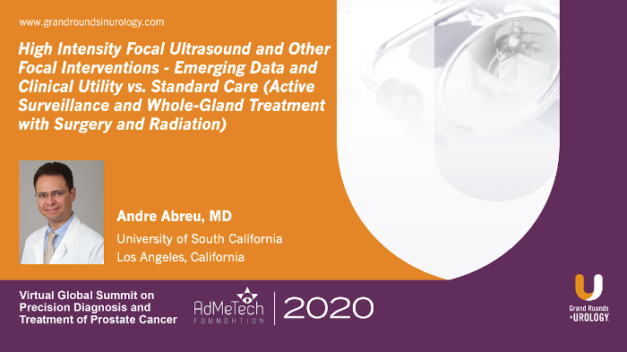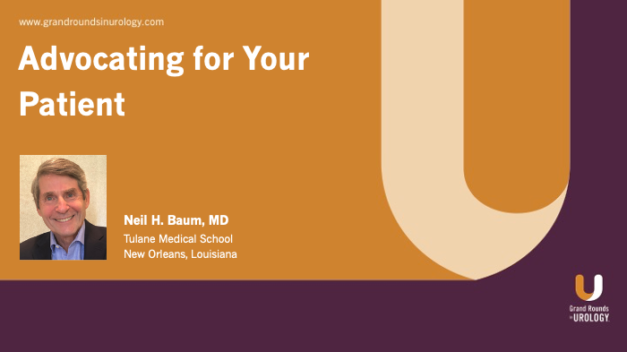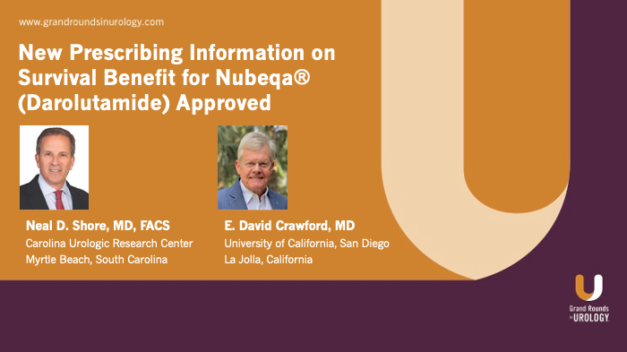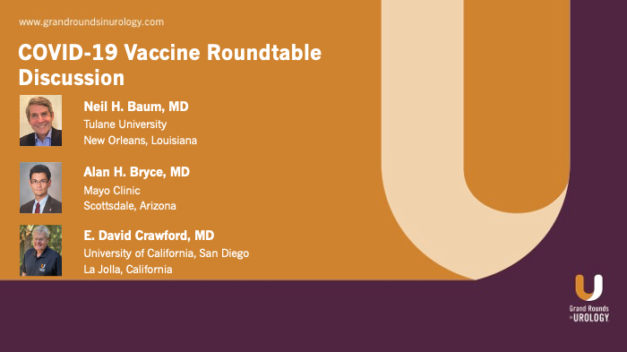HIFU Focal Therapy: Prostate Cancer – Emerging Data and Clinical Utility vs. Standard Care
Andre Abreu, MD, Urologist at the Keck Hospital of University of Southern California, describes how high-intensity focused ultrasound (HIFU) works, and the data that earned it FDA-approval for prostatic tissue ablation in November 2015. Following this, Dr. Abreu reviews the three main goals of focal therapy: selectively ablating known disease, preserving functions, and minimizing morbidity, all without compromising life expectancy. He then uses two systematic reviews, one from 2017 and one from 2019, to explain how focal therapy benefits continence and potency rates. Further presented data includes a 2020 review of evidence and reported outcomes from an October 2020 study of hemigland HIFU ablation as primary treatment for localized prostate cancer, both of which exhibit HIFU’s safety, excellent potency, and continence preservation, as well as adequate short-term prostate cancer control. Dr. Abreu also addresses comparisons to radiation and acknowledges that HIFU works well for intermediate-disease but is still controversial for low- or high-risk disease, showing a need for further study.
Read More



